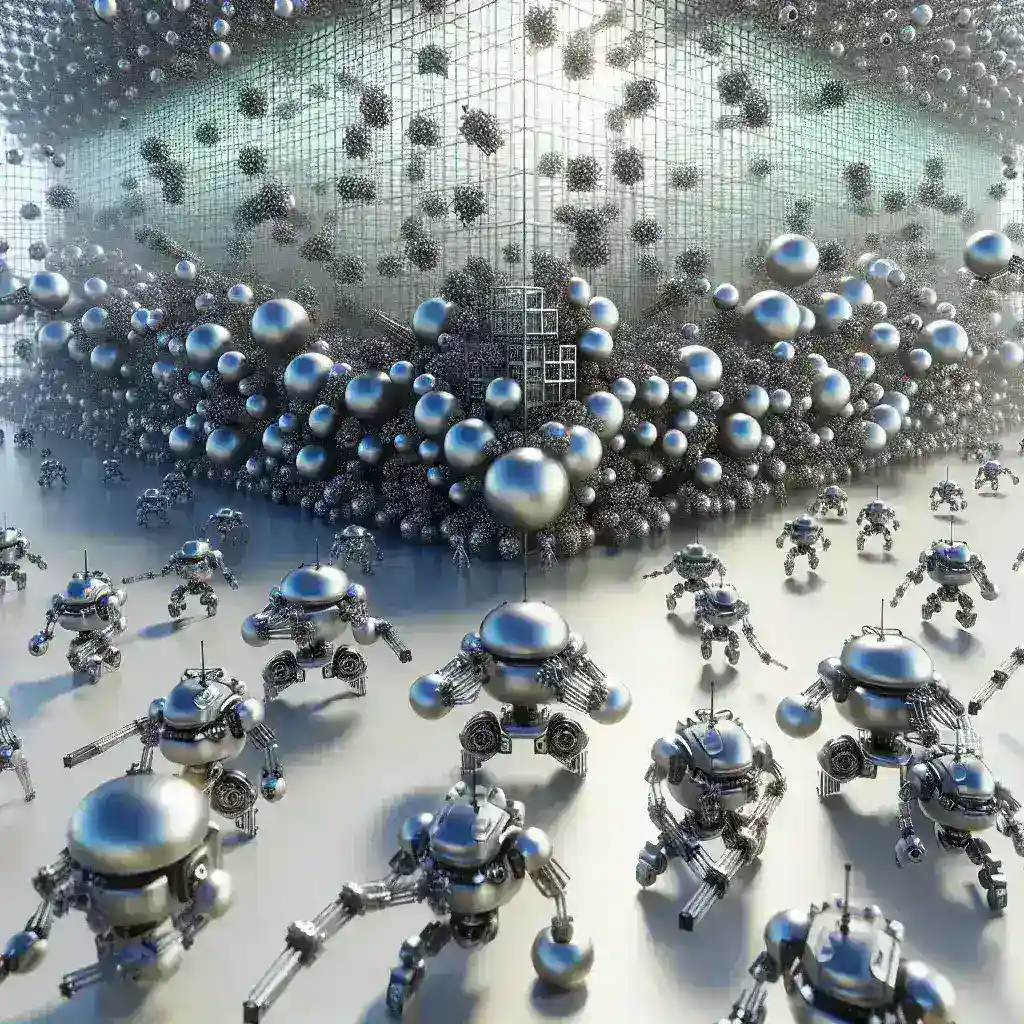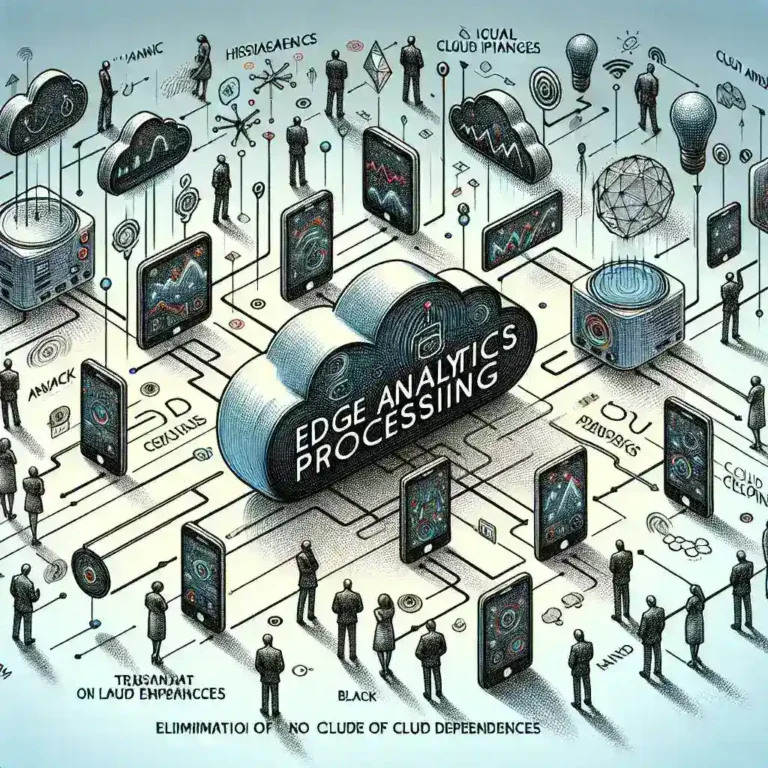Introduction to Swarm Robotics
Swarm robotics is a fascinating area of study that involves the coordination of multiple small robotic units to perform complex tasks. The principles behind swarm robotics are inspired by natural systems, particularly the behaviors exhibited by social insects like ants, bees, and termites. These autonomous units can work together to achieve goals that would be impossible or inefficient for a single robot to accomplish alone.
The Principles of Swarm Robotics
At the heart of swarm robotics are a few core principles that dictate how these robots interact with one another and their environment:
- Decentralization: Unlike traditional robotic systems that rely on a central controller, swarm robotics operates on a decentralized model. Each unit acts independently while still collaborating with others.
- Local Communication: Swarm robots communicate with their neighbors rather than a central authority. This allows for a more responsive and adaptable system that can quickly react to changes in the environment.
- Simple Rules: Each robot follows simple rules that guide its behavior, which can lead to complex group behavior. These rules often mimic natural behaviors observed in animal swarms.
Applications of Swarm Robotics
The applications of swarm robotics are vast and varied, impacting numerous industries and enhancing efficiency in multiple sectors:
1. Agriculture
In agricultural settings, swarm robotics can be employed for tasks such as planting, harvesting, and monitoring crop health. By deploying a fleet of small robots, farmers can cover large fields more quickly and efficiently than with traditional methods.
2. Search and Rescue Operations
Swarm robots can be used in search and rescue missions, where they can cover extensive areas to locate missing persons or survivors after disasters. Their ability to communicate with one another allows them to work collaboratively to map an area and efficiently search for targets.
3. Environmental Monitoring
Swarm robotics can play a significant role in monitoring environmental conditions. For example, a swarm of small drones can monitor air quality, water pollution, or wildlife populations in a specific region, providing valuable data for researchers and conservationists.
4. Military Applications
In the military, swarm robotics can be utilized for surveillance, reconnaissance, and even combat scenarios. Coordinating multiple robotic units can provide tactical advantages and enhance operational effectiveness.
Challenges and Limitations
Despite its numerous advantages, swarm robotics faces several challenges that researchers and developers must address:
- Scalability: While swarm robotics can effectively coordinate small groups of units, scaling this coordination to hundreds or thousands of robots presents significant challenges in terms of communication and control.
- Energy Management: Managing the energy consumption of a swarm is crucial. Researchers are exploring various energy-efficient algorithms and energy harvesting methods to prolong the operational life of these units.
- Safety and Security: Ensuring the safety of swarm robotics in unpredictable environments is paramount. Furthermore, security concerns arise as malicious actors could exploit swarm robotics for harmful purposes.
The Future of Swarm Robotics
The future of swarm robotics is promising, with ongoing research and advancements paving the way for new applications and improved technologies. Experts predict a growing integration of swarm robotics into everyday life, transforming industries and enhancing human capabilities:
1. Integration with AI
Artificial intelligence (AI) will play a crucial role in the evolution of swarm robotics. Enhanced decision-making capabilities and adaptive learning algorithms will allow swarms to operate more effectively in dynamic environments.
2. Human-Robot Interaction
As swarm robotics matures, the interaction between humans and robotic units will become increasingly seamless. Future swarms could work in tandem with humans, enhancing productivity in various fields.
3. Interdisciplinary Research
Swarm robotics will benefit from interdisciplinary research, incorporating insights from biology, computer science, engineering, and social sciences. This collaborative approach will drive innovation and lead to the development of new methods and technologies.
Conclusion
Swarm robotics represents a paradigm shift in how we think about automation and robotics. By coordinating hundreds of small units to accomplish complex tasks, swarm robotics holds immense potential to revolutionize industries and enhance efficiency. As research continues to advance, we can expect to see more innovative applications and exciting developments in this field. Embracing swarm robotics will not only improve productivity but also redefine the possibilities of what automated systems can achieve.




Leave a Comment